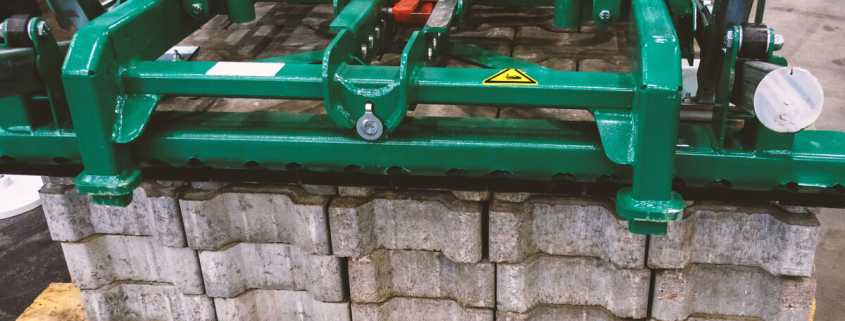4 Common Issues With Lifting Concrete and What To Do
Whether it’s in slabs, bricks, or blocks, concrete makes up the foundation of virtually every building we step into. Unfortunately, it can be a finicky material to work with and difficult to move because of its hefty, bulky nature.
Without the right grip or balance, you can end up with cracked, crumbling pieces and a serious breakdown in concentration. To help you make your next move a one-and-done deal, let’s take a look at some of the most common issues with lifting concrete and what you can do about them.
Lifting on Uneven or Sloped Ground
When lifting concrete on uneven or sloped ground, stability quickly becomes your biggest challenge. The uneven surface can cause tools or machinery to tilt, making the concrete harder to lift and increasing the chances of accidents.
To avoid this, your first step is to survey the area beforehand. If your foundations are rocky, use leveling tools, create makeshift flat platforms, or reposition your lifting machinery in the safest way possible.
Overloading Equipment
Overloading your equipment is like trying to cram a week’s worth of groceries into one small bag—something’s bound to give! When it comes to concrete lifting, pushing your machinery beyond its capacity can lead to breakdowns, costly repairs, and safety hazards.
That’s why it’s always critical to check the weight limits of your equipment and stick to them. If your load is on the heavier side, consider breaking it down into smaller chunks or upgrading to a machine better suited for heavy-duty lifting.
Damaging Reinforcements
When performing concrete lifting, damaging reinforcements hidden within the structure is a common yet avoidable mistake. Reinforcements like rebar and steel mesh are there to provide stability and ensure the durability of your concrete, but applying excessive force or using improper tools can weaken or break them.
Of course, you always want to use the appropriate tools, but you should also make sure you’re applying even pressure during your lift. Avoid putting too much tension or weight on one end or not providing enough support. Taking the time to make sure your loads are stable and finding the center of gravity will help you avoid accidentally destroying expensive materials.
Poor Strap or Hook Placement
Speaking of poor balance, your hook and strap placement is the key to evenly distributing the weight of your load. When you improperly place your straps and hooks, the load can shift unpredictably, creating unsafe conditions and risking damage to both the structure and equipment.
It’s better to be safe than sorry; if you feel like you need more anchor points for more support or to avoid unnecessary tension and tugging, do so. Don’t be afraid to double-check your math, either.
Avoiding these common concrete lifting issues is crucial not just for getting the job done as smoothly as possible but also for protecting your workers. And if you’re tired of checking and rechecking anchor points, get the job done in one safe, smooth motion with Kenco’s lifting attachments.
Our concrete slab lifting equipment provides a secure grip and evenly distributes the weight, making it easier for workers to handle heavy loads. With our equipment, you can say goodbye to slow, clunky lifting and hello to a faster, more efficient construction process.




Trackbacks & Pingbacks
[…] choice for driveways, sidewalks, or patios. However, with improper handling, it’s possible to damage this reinforcement during concrete lifts. While not as robust as rebar, mesh provides ample support for projects with minimal exposure to […]
Leave a Reply
Want to join the discussion?Feel free to contribute!